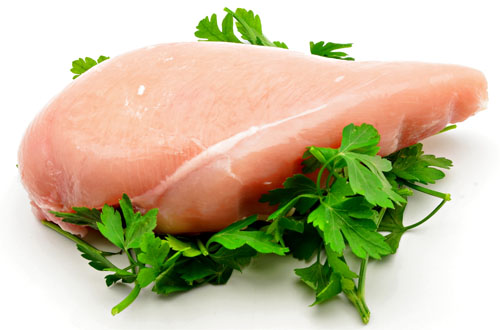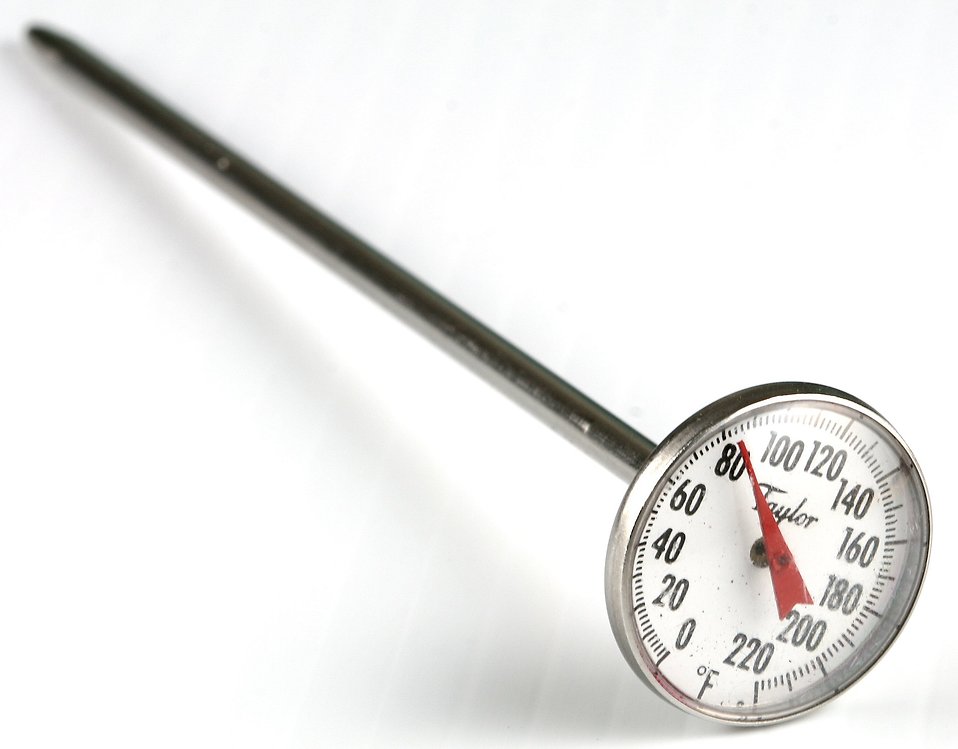BBQ FOOD SAFETY
Barbecuing is a summer tradition in Canada. We take advantage of the nice weather and gather outside to share a meal. There is so much more to cooking on the BBQ then just throwing on a steak (although that sounds delicious too!). Here are some safety tips, handy ticks, and some of the unconventional ways to use the BBQ.
Making sure your food is cooked thoroughly is always important. When using the BBQ, ‘eyeballing’ when meat is cooked can be tricky because the outside gets charred easily when cooking over a flame. It is important to use a food thermometer to ensure safe internal cooking temperature. Healthy Canadians has great Food Safety Tips for Barbecuing, including;
- When shopping, buy cold food last.
- Keep raw meat separate from other grocery items to avoid cross-contamination.
- Always refrigerate perishable foods (dairy, frozen foods, etc.) within one to two hours, especially in warm weather.
- Bring an insulated cooler bag to hold your perishables.
- At home, store raw meat in the refrigerator immediately after you return from the grocery store.
- Freeze raw poultry or ground beef that won’t be used within one to two days. Freeze other raw meats if they won’t be used within four to five days.
- Marinate meat in the refrigerator, never on the counter. Don’t use leftover marinade that has been in contact with raw meat on cooked food.
- Store meat in the refrigerator or a cooler, always remember to keep food out of the temperature danger zone of 4°C to 60°C (40°F to 140°F). Bacteria can grow in this temperature range.
- Use separate utensils, cutting boards, dishes and other cooking equipment when handling raw and cooked meats. Raw juices can spread bacteria to your safely-cooked food and cause food borne illness.
- Wash your hands carefully with soap and warm water for at least 20 seconds before and after handling raw meat.
- Thawing of meats should be done in the refrigerator, not on the counter. Sealed packages can be thawed in cold water. Microwave defrosting is acceptable if the food item is placed immediately on the grill.
- Cook thoroughly and use a digital food thermometer. Meat can turn brown before all the bacteria are killed, so use a digital food thermometer to be sure.
- To check the temperature of meat that you are cooking on the barbecue, take it off the grill and place it in a clean plate. Insert the digital food thermometer through the thickest part of the meat. For hamburgers, you should insert the digital food thermometer through the side of the patty, all the way to the middle. Make sure to check each piece of meat or patty because heat can be uneven.
- Remember to always clean your digital food thermometer in warm, soapy water between temperature readings to avoid cross-contamination.


Internal Cooking Temperatures
You can’t tell by looking. Use a digital food thermometer to be sure!
| Food | Temperature |
|---|---|
| Beef, veal and lamb (pieces and whole cuts) | |
| Medium-rare | 63°C (145°F) |
| Medium | 71°C (160°F) |
| Well done | 77°C (170°F) |
| Pork | |
| Pork (pieces and whole cuts) | 71°C (160°F) |
| Poultry (e.g. chicken, turkey, duck) | |
| Pieces | 74°C (165°F) |
| Whole | 85°C (185°F) |
| Ground meat and meat mixtures (e.g. burgers, sausages, meatballs, meatloaf, casseroles) | |
| Beef, veal, lamb and pork | 71°C (160°F) |
| Poultry | 74°C (165°F) |
| Egg dishes | |
| Egg dishes | 74°C (165°F) |
| Others | |
| Others (e.g. hot dogs, stuffing, leftovers) | 74°C (165°F) |
*Information directly from Healthycanadians.gc.ca
